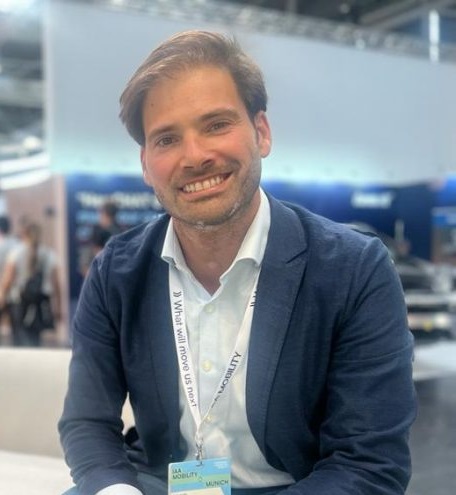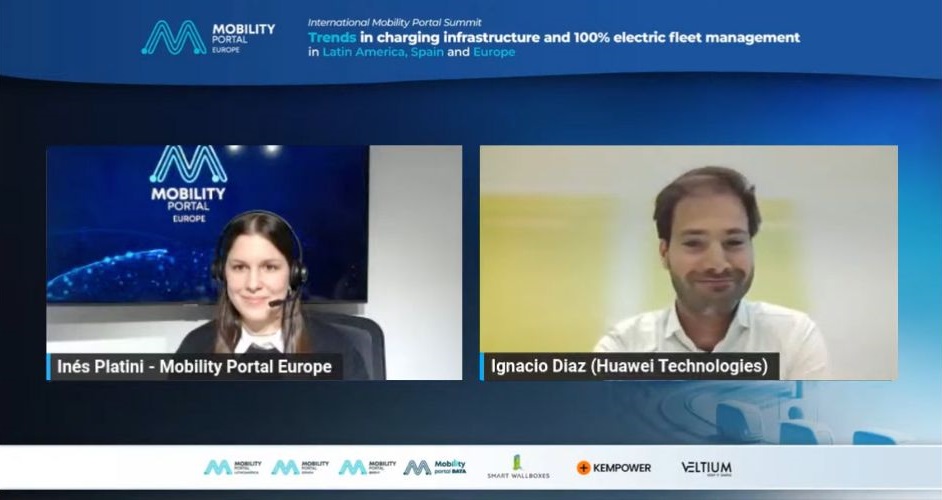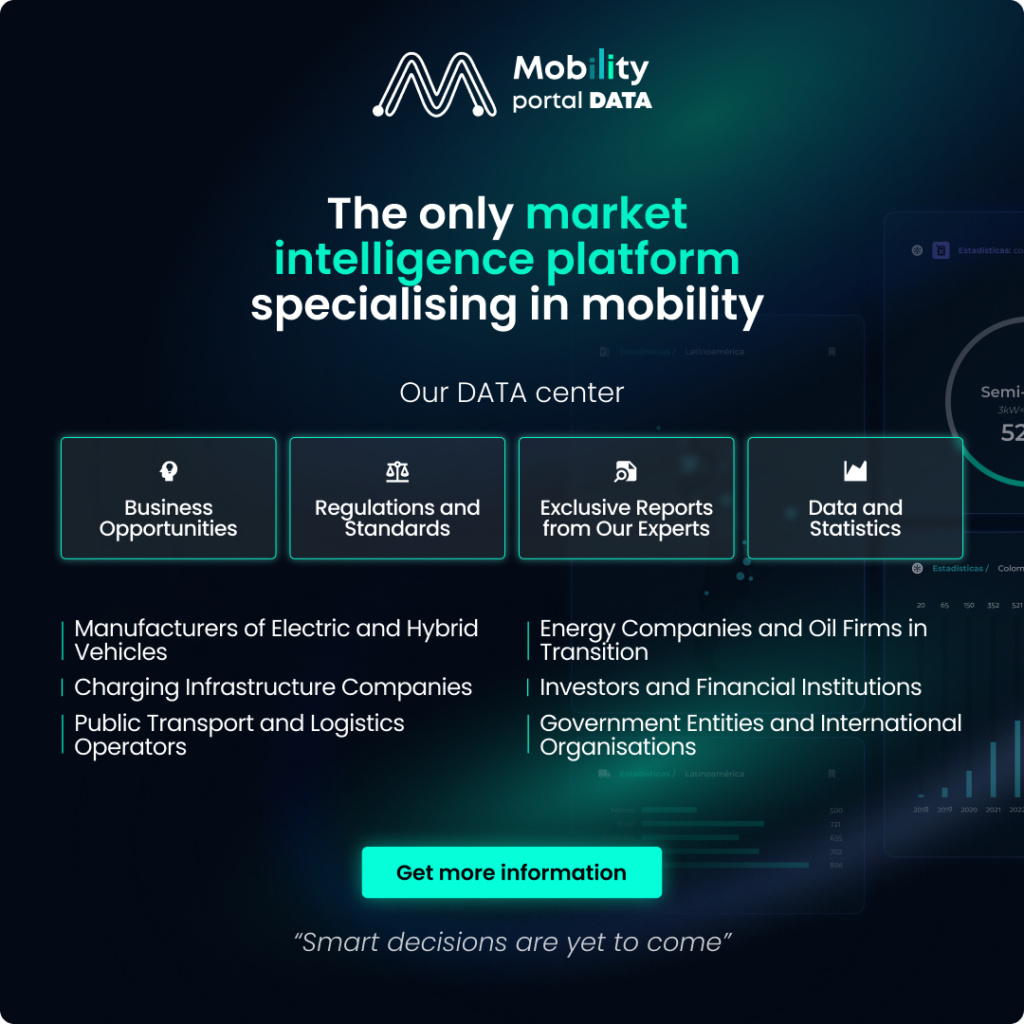During the International Mobility Portal Summit, organized by Mobility Portal Europe, Ignacio Díaz, Business Director Charging Network at Huawei Digital Power, described the current challenges the industry is currently facing and how the company is helping to solve them.
“We are moving from an early market to a more mature one, and we are seeing that there are some best practices that we can built on but as well improve,” explains Díaz.

“Grid connection and the fact that land is becoming scarce resource are one of the main bottlenecks,” he adds.
The scarcity of land is one of the challenges facing charging point operators (CPOs) today.
In addition to this, they must ensure that they are “good locations” that guarantee high utilization rates for the charging stations to ensure mid to long term profitability.
“There is also the problem that these sites, which could be interesting, are often very expensive,” acknowledges the Business Director.
This is why it is essential to rethink how land can be used more efficiently and, as Díaz explains, “everything revolves around power electronics.”
“This is Huawei’s core business and where we have one of our greatest strengths globally,” he says.
The company acts as a tier-two supplier to CPO’s by delivering charging modules or power electronics solutions to EVSE’s, whichuse them to provide their fast charging solutions.
It is worth mentioning that Huawei is betting on liquid cooling, “as it multiplies power densities by two or three while maintaining Huawei’s highest requirements performance and quality.”
There are several suppliers that are beginning to innovate with liquid cooling.
In this regard, the Business Director says: “The way we have been charging electric vehicles (EVs) so far, based mainly on air-cooling, will change.”
In addition to increasing power, this technology allows the company to maintain quality and KPIs.
“This is what we are addressing to provide better solutions to the European market,” says Díaz.
On the other hand, it is worth mentioning that increases in power densities will be essential to drive the installation of chargers for heavy-duty vehicles.
“The truck sector faces the problem of where to install the large charging infrastructure and power cabinets needed to charge at a megawatt power level and multiple times a day,” Díaz says.
And, in this sense, he again acknowledges that “power density while keeping reliability has to improve, especially for truck charging where the tolerance for failure is pretty much zero.”
It is with this objective that Huawei is changing its business model.
“We will provide power boxes, which are also available in the market from other suppliers. The focus is on increasing densities while maintaining all other characteristics, such as low noise and reliability,” he explains.
And he adds: “With our platform we are prepared to provide central technologies and solutions for manufacturers. We will also allow BESS to be integrated through DC coupling to make the complete system more robust and efficient by reducing one rectification step.”
What are the industry trends according to Huawei?
Regarding classic and refueling charging, as well as public and domestic charging, Díaz indicates that “we will always have both.”
However, he acknowledges that nowadays, “everyone wants to charge quickly and seamlessly.”
“Plug-and-charge, which is the common denominator, will happen sooner or later, making the adoption, acceptance, and charging experience easier and better for end users,” he adds.
These improvements could encourage more people to buy electric vehicles.
Why are there still doubts about buying zero-emission cars?
“While in Norway the adoption of EVs is higher – taking into account that both fiscal and non-fiscal incentives have contributed to this – in the rest of Europe the pace is slower,” Díaz laments.
According to the Business Director, it has to do with the “fears” that still exist linked to range anxiety.
“People are afraid of traveling and not being able to charge, although most people don’t take a 500-kilometer trip every week, but twice a year,” he says.
However, in order to encourage the installation of more charging stations, it is essential to improve grid connections, “a bottleneck that has been identified for several years, but which still persists.”
“The industry can provide as many charging points as it wants, but if at the end they cannot be connected to the grid, the problem of how to charge while traveling will not be solved,” Díaz explains.
Despite these difficulties, the emobility sector is progressing.
Indeed, “the targets set can be achieved, albeit later than expected.”








